|
Hello my name is Janiya Bradley. This trip experience has been one of a kind. I went in with low expectations of completing the program. But I'm happy to report that I made it! With the constant support from Dr. Leystra and Ms.P, I can say that I finished strong, and I know that they played a big part in my success.
I'm really worried about doing the symposium. There will be a lot of people here and I wanna show how much I learned during my time but I don't know if I will be able to project myself across that way. I'm so ready for it though. I can't wait to see the other projects and how they have come together!
0 Comments
I remember writing in my TRIP application essays that the most valuable part of TRIP would be the hands-on lab experience. However, after the past five weeks, I realized how much more I have gained than just that.
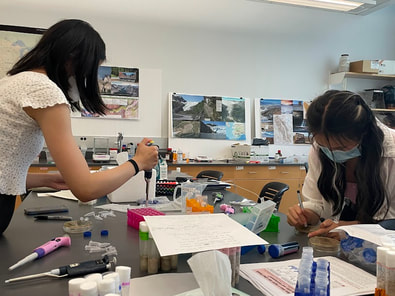 In addition to the hands-on portion, something important that I have also gained is the friends I’ve made and the TRIP family that I proudly have joined. Every time I come to the TRIP lab, I am excited not just to work on my project, but also to see my fellow TRIP peers. Their unique and easygoing personalities combined with the hard work and dedication they put into what they do continue to inspire and motivate me. Although we have only seen each other for ten days, I feel as if we have known each other for years, and I’m sure that we will continue to be lifelong friends. To me, the end of TRIP is just a new beginning because I have come out as a transformed person. Metaphorically, TRIP has helped me “eclose” from my pupal case, and the lessons I learned have helped me “metamorphosize” into a fruit fly with wings that can carry me further in exploring my passions for science. My mindset has changed a lot, as I have learned the importance of hard work, dedication, and perseverance. I have met so many amazing people and learned so many skills that I will carry throughout my life.
Wow! I gotta say, the past few weeks have gone by so incredibly quick. During Week 1, I already knew a decent amount about fruit flies and their development from other programs, but I can honestly say I now know so much more. It’s really cool how such a small creature can be so incredibly complex in so many ways. I will never be able to thank this program enough for teaching me so much, as well as continuing to fuel my love for research. A few weeks ago, I shared that I would be completing a Proboscis Extension Response (PER) Assay in order to test the memory of fruit flies drugged with Prozac after being stressed with isolation. Sadly, this project did not work the way I wanted it to. A former TRIP student named Matt came in to help me better understand this assay which I am so incredibly grateful for. He helped explain everything step by step which was an amazing help, however, this assay wasn’t meant to be. Due to the time constrictions of TRIP, I would not have had enough time in order to perfect my technique, as well as be able to run actual trials to get data. After putting in a lot of effort, I ultimately determined, with the help of Dr. Leystra and Ms. P, that this assay was not worth all of the stress I was putting myself under. This particular assay is extremely tedious, time consuming, and was ultimately not for me. The worst part was that I accidentally ate 4 flies (EWWWW!!!).  PER didn’t work the way I wanted it to, so I pivoted. My interest in Prozac, isolation, and memory never changed, so I continued to go with that part of the plan. One of my fellow TRIPmates, named Anjali Verma, developed her own assay. As of right now, it does not have a name, however, I always joke around about calling the Minion Assay. This assay involves heat shocking flies, which causes them pain while they are in a vial with the scent of banana. The flies are then put into a vial with no banana and put into room temp water. After this is repeated, they are put into a T-Maze with banana scent on one side and no scent on the other. If they are properly trained, they will go away from the banana scent, wanting to not be in pain, even though flies without this training would typically go towards the banana. For my experiment specifically, I am using control flies, flies treated with Prozac, flies that have been in isolation since their pupal stage, and flies that were both treated with Prozac and isolated since their pupal stage. As of right now, I am currently analyzing data and am unsure if this experiment will work or not. I do have high hopes, but anything can happen in research. Data is data I guess we’ll have to wait and find out.
I’m sad to say that my time at TRIP has finally come to an end. I won’t lie; on the first day of the program, I wasn’t sure whether I would enjoy my Tuesday and Thursday mornings at Temple University. I was bombarded with new information and felt challenged while learning about drug stock dilutions. However, as the program shifted focus towards our independent projects and I started to make friends with my amazing TRIP-mates, I began to have so much fun.
With some extra time in the lab, I also sought to compare the anxiety level of L-Citrulline supplemented flies with caffeine supplemented flies since I often find myself feeling anxious after consuming caffeinated drinks. After 3 repetitions, I found that L-Citrulline may cause non-sleep deprived fruit flies to be less anxious than their caffeine-consuming counterparts. I was very happy with my results and now look for pre-workout products with higher L-Citrulline content. I am so glad that I decided to apply to TRIP because it was so much more than just a lab. I will say that anyone looking to apply to TRIP in the future should expect a grind: completing homework packets, staying late to sort flies, repeating an experiment because you missed an important step, etc. But in the end, I left with invaluable hands-on experience, confidence to pursue a STEM-related career in the future, and countless memories (most notably getting food from the food trucks at Temple every day with one of my friends I made at TRIP). I even sharpened skills such as communication, creativity, and problem-solving that will undoubtedly translate to areas other than STEM. Overall, I feel super rewarded with my experience and could not think of a better way to spend my summer. Thank you to Dr. Leystra, Ms. P, Diya, my TRIP-mates, and everyone else who made TRIP such a great experience for me.
Wow. It’s hard to believe how fast this TRIP has gone by! Coming into the lab twice a week for 5 weeks seemed like a lot when we first started, but now the program has come to a close and the final presentation is less than a week away. It feels like just yesterday I was walking into the lab for the first time, eager and ready to do real scientific research. I never would have imagined that in just 5 weeks I would be able to sort flies according to their gender, make grape plates, perform assays, and take microscopic fly pictures! Thank you to Dr. Leystra, Ms. Pellegrin, and Diya as they helped me perform my assays efficiently. Now let's catch up on everything I’ve been doing for the past 5 Tuesdays and Thursdays in the lab. I have finally started conducting my research for my independent project. Over the past few weeks, I have been exploring the effects of Lipitor (cholesterol medication) on fruit fly energy and overall health. Lipitor became an interest of mine because of how many people have high cholesterol and take Lipitor to lower it. Around 38% of the population has high cholesterol and 11% take Lipitor! But what happens when someone continues to take Lipitor after regulating their cholesterol to a normal level? This is precisely what I wanted to test on my fruit flies. Since fruit flies already have normal levels of cholesterol, introducing Lipitor into their diet would essentially be the same as a person taking Lipitor when their cholesterol is in a normal range.  Now let's catch up on everything I’ve been doing for the past 5 Tuesdays and Thursdays in the lab. I have finally started conducting my research for my independent project. Over the past few weeks, I have been exploring the effects of Lipitor (cholesterol medication) on fruit fly energy and overall health. Lipitor became an interest of mine because of how many people have high cholesterol and take Lipitor to lower it. Around 38% of the population has high cholesterol and 11% take Lipitor! But what happens when someone continues to take Lipitor after regulating their cholesterol to a normal level? This is precisely what I wanted to test on my fruit flies. Since fruit flies already have normal levels of cholesterol, introducing Lipitor into their diet would essentially be the same as a person taking Lipitor when their cholesterol is in a normal range.
These past 5 weeks taught me to have a greater appreciation for the scientific research involved in testing the side effects of widely used drugs. I am extremely grateful for the opportunity to conduct my research from start to finish and work alongside some of the best people I’ve met: My TRIP Family! I am looking forward to applying the skills I learned in my future endeavors. This may be the end of an amazing TRIP, but it’s certainly not the end of mine!
Hi again! I can’t believe that TRIP has ended. It has been a great experience learning from Dr. Leystra and Ms. Pellegrin, and learning about my classmates and their projects. I never thought that in such a short period of time I would have completed such a project.
After replicating my experiment four times, I found that caffeine had the greatest effect on the energy levels of the flies. This was expected, as we know that caffeine gives humans an energy boost. What I found especially interesting was that the flies that were fed caffeine in their food and deprived of sleep had higher energy levels than those that were well rested and had caffeine.
My time at TRIP has almost come to an end now. However, the lessons learned during this program will stay with me forever. Reflecting on the five weeks I spent at TRIP, I want to call out two learnings that have given me an entirely new perspective and a deeper appreciation of what research really is.
Second, what comes with iteration is the agility to go after a new direction that may suggest a bigger potential for success. For my project, I wanted to look into sleep deprivation and its impact on metabolism (leading to metabolic diseases such as obesity). What I learned quickly was that measuring metabolism in the flies required specific equipment and reagents that were in shortage at that moment. After some good brainstorms with my advisor, we were able to shift the research question to the impact of mental state by sleep deprivation, which I was able to explore with experiments. In my case, agility to change worked for my project but it may very well be a challenge in actual research, for example, if the researcher has invested so much thinking, time or other resources into the research concept. My learning is that one has to be quick to change the approach in research regardless of what was invested before (for example, I really liked my original idea and wanted to hang on to it). TRIP was an amazing experience. Going to the lectures and running my experiments at the lab was something I really looked forward to every Tuesday and Thursday. I live in the suburbs and I took the train to Temple which worked perfectly for me. I am very grateful to many - I wanted to thank Dr. Leystra and Ms. Pellegrine for helping guide me throughout my project and coaching me for my poster and final presentation. I also wanted to give a shout-out to my TRIP peers for making this one of the best experiences for me!
Hello Everyone! It has been a few weeks since I’ve last updated you all on my experience in TRIP so far. My gosh! The weeks have just been flying by. I have had so much fun getting to know everyone and making new friends. The people in my session truly add to the likability of the overall experience. We have learned so many useful lab, communication, and collaborative skills so far in so little time. I am honestly shocked! I am just now finishing up on my introductory experiment which focused on how female fertility is impacted by Black Cohosh and a High Sugar Diet. The experiment was really helpful in allowing me to gain familiarity in the lab setting that we work in. I was introduced to how to quantify and analyze data, new assays, as well as how to communicate my findings effectively. While conducting research on an experiment assigned by the instructors was definitely both exciting and challenging, it made me very happy to begin doing research on a topic of my own choosing. We have learned so many useful lab, communication, and collaborative skills so far in so little time.
Today in the lab, we actually began working on our projects. I am using 5 different vials with varying conditions. One vial includes no soda, two contain the equivalent of ~ 2 cans of coke/coke zero a day, and the final two has ~12 cans of coke/ coke zero per day. Truthfully, I am hoping that Coke Zero has no significant impact on memory. But if it does, perhaps I will stick to the occasional regular Coke. I may even just cut out Coke and sugary drinks all together and enjoy some good, reliable, and refreshing water! The first couple weeks of TRIP have been an experience like no other. It’s been fun getting to know everyone and learning more about them. I thought that conducting our introductory experiments was quite interesting because it allowed us to get familiar with things like making fly food, learning about different ways that we could stress our flies, and exploring the development of the flies. Fly development has been cool to experience because you’re watching a whole cycle of life unfold.
I decided to see if caffeine and/or melatonin would increase the energy levels of fruit flies after they have been deprived of sleep. I chose this for my project because I commonly face the circumstances of being sleep deprived and trying to wake myself up with coffee, or being unable to sleep and having to take melatonin. I know that I am not the only one who goes through things like this, and I wanted to see if these two drugs would increase the energy of the flies. I believe it is a common and relatable topic, but it has not been tested on fruit flies yet, so I would like to see what could come of this project. I will be feeding my fruit flies caffeine and melatonin separately first, then combining the two drugs. Then I will repeat this process but expose these flies to constant light. I’m excited to see how everything turns out!
Welcome back! Much has happened in the past few weeks and time is flying by. Of course, one of the most important lessons learned: make ‘fly’ or ‘trip’ puns whenever possible. In all seriousness, TRIP has been an experience unlike any other. One minute I’m bonding with friends over books, music, and food, and the next I’m screaming because I accidentally released my fruit flies from its vial. Pro-tip: make sure you hold the plug when injecting your flies with CO2!
In my introductory experiment, I tested the impact of ginkgo biloba and head trauma on fruit fly mood with the social space assay. After taking pictures of the flies in small chambers, I used the computer program ImageJ to quantify the distance between flies and determine their mood. While brainstorming for my independent project, I considered studying anxiety with a similar assay, but ultimately landed on a different focus after further discussion with my peers and instructors. Specifically, I am interested in studying how hormonal birth control affects metabolism and weight gain and whether green tea can counteract these effects. Hormonal birth control pills have a multitude of side effects, yet many do not have significant statistical evidence linking these effects to the birth control medication. I look forward to finding a more clear relationship between hormonal birth control and metabolism through the glucose metabolism assay. Spoiler alert: I will be decapitating my fruit flies!
|
Archives
April 2024
Categories
All
|
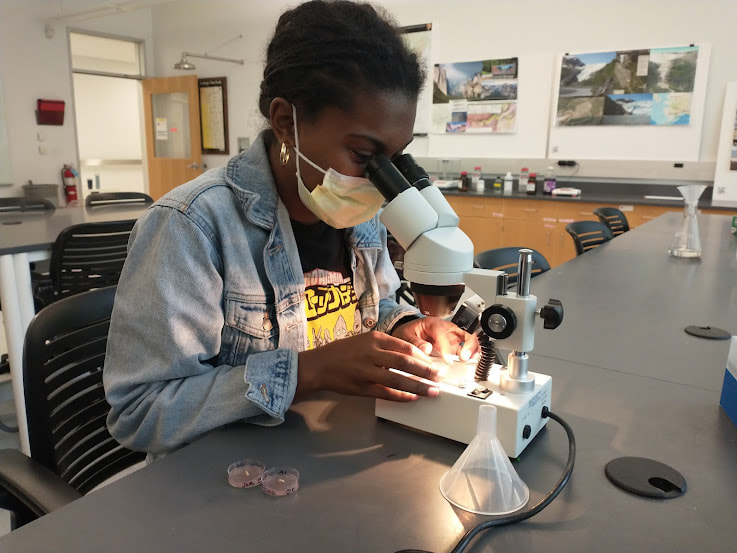

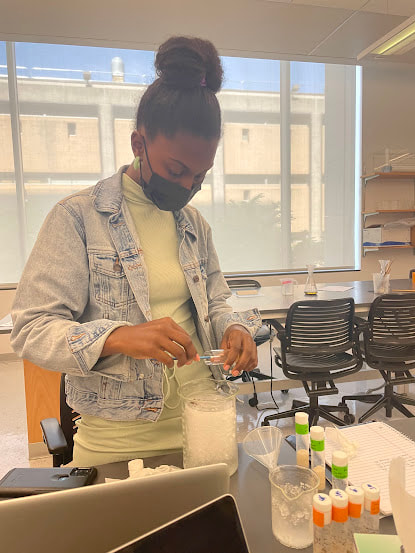
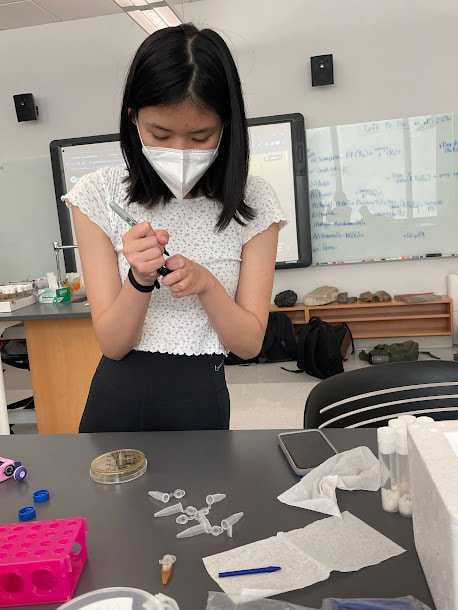
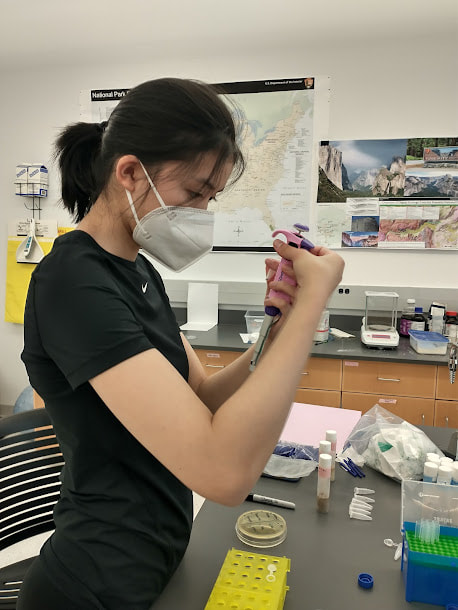




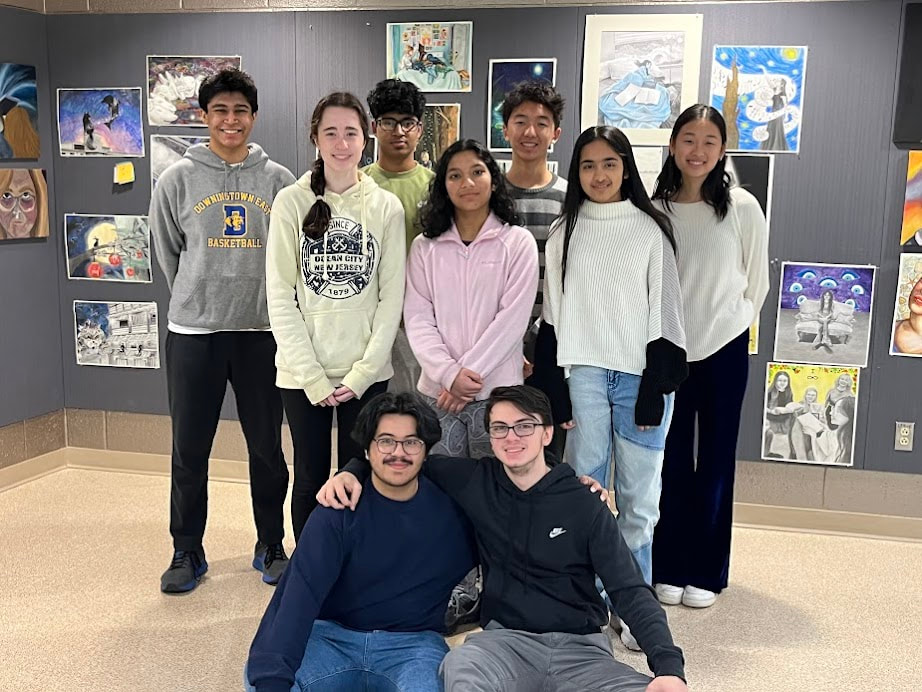
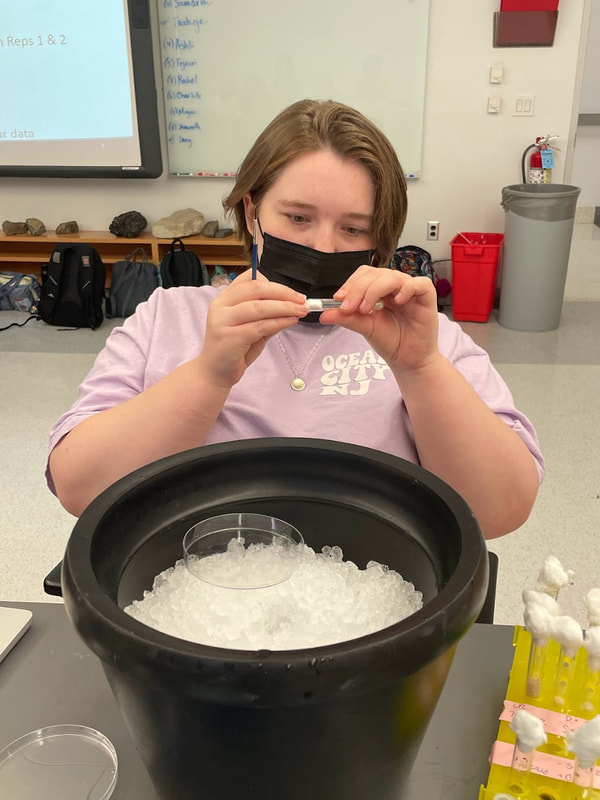
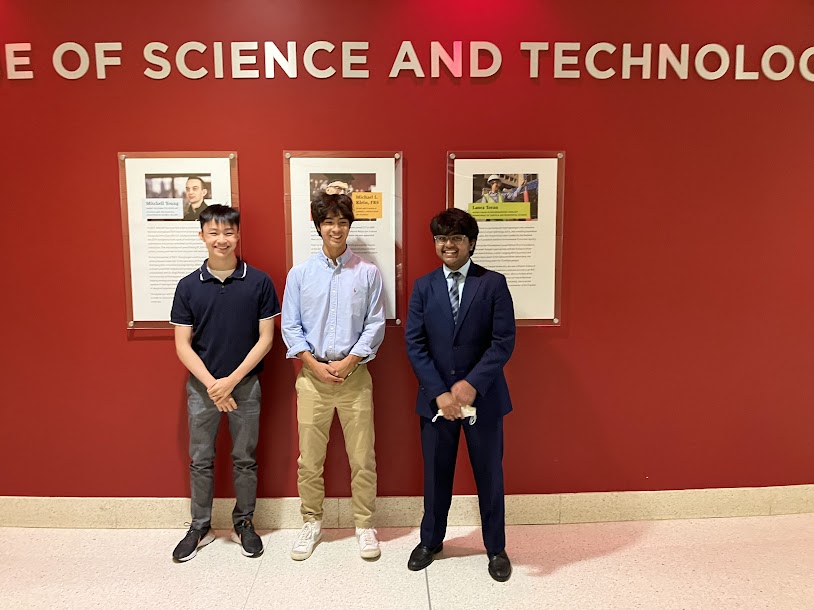





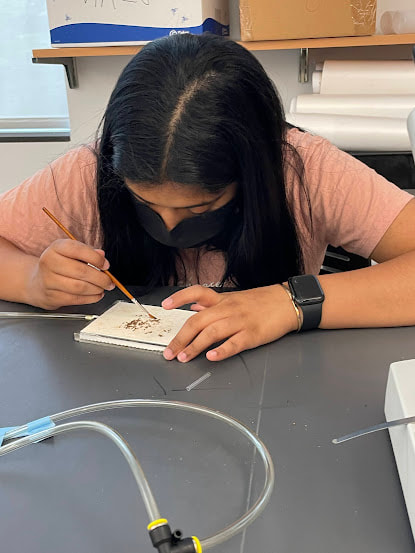
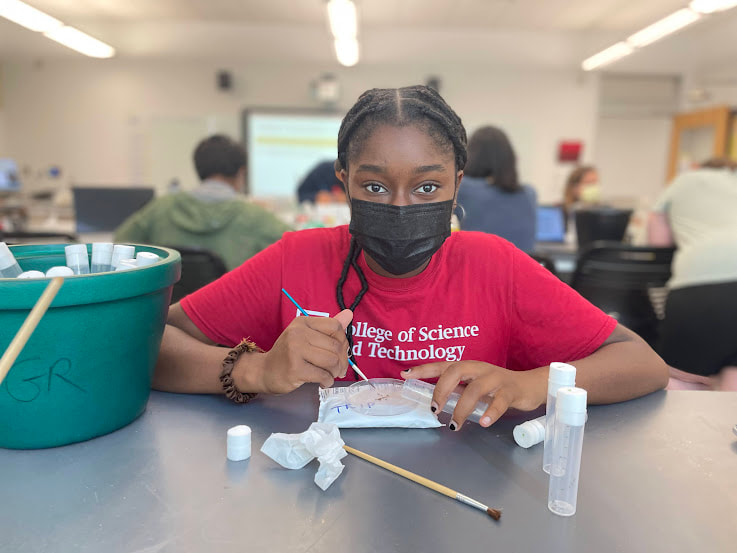


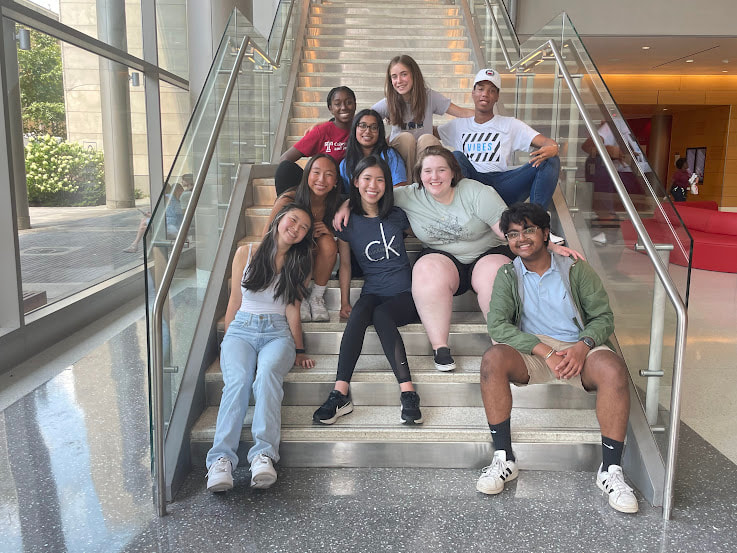
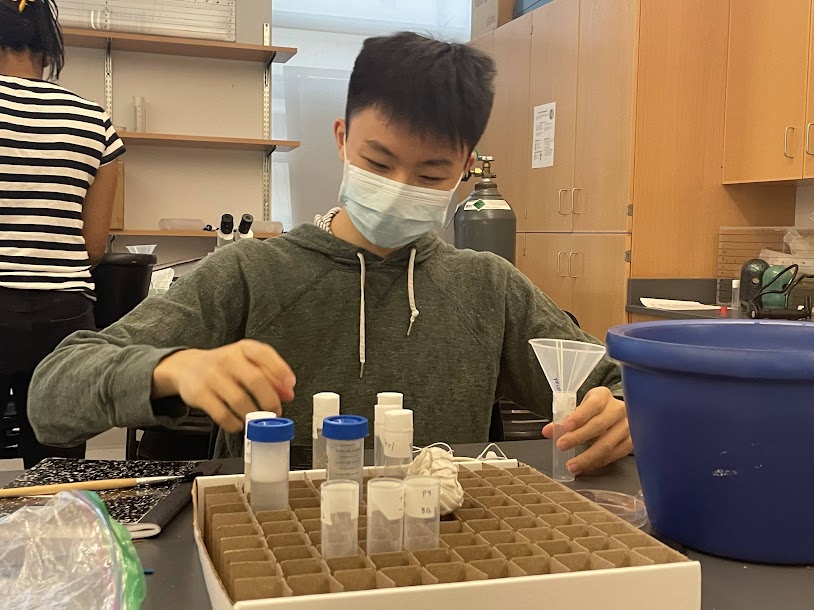
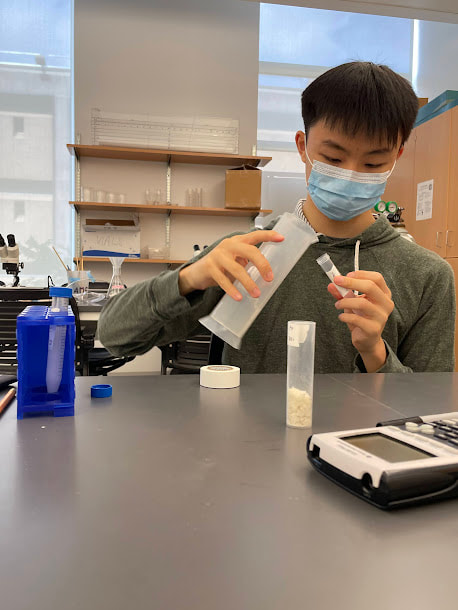

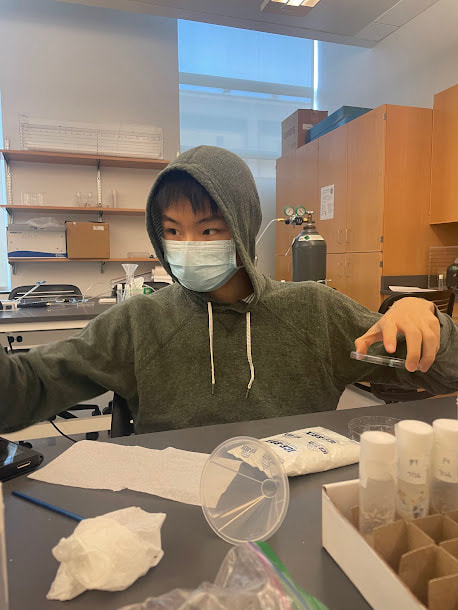
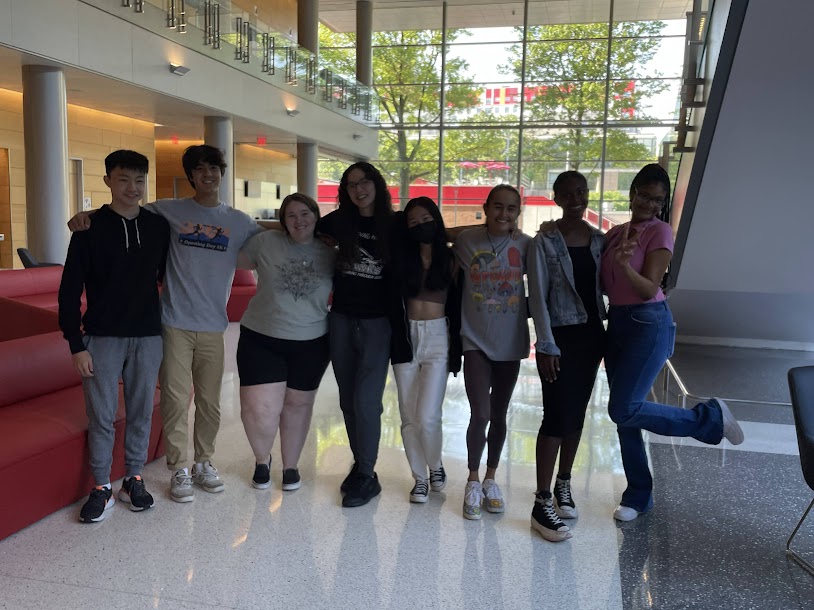

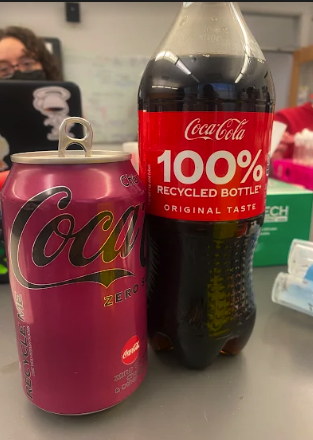
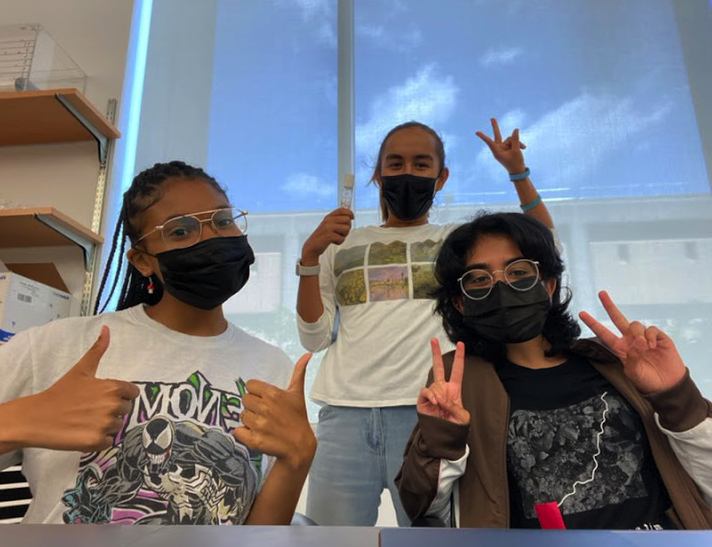

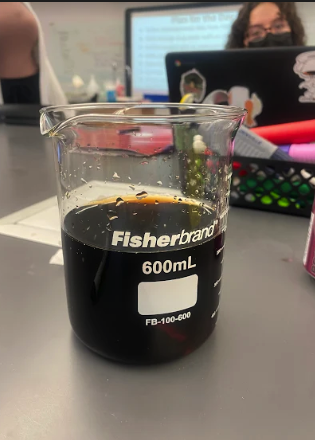
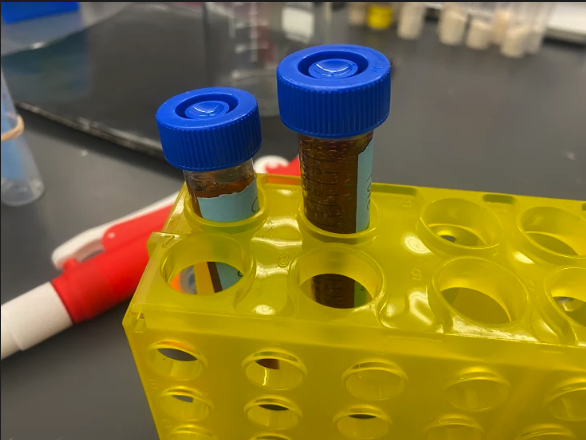
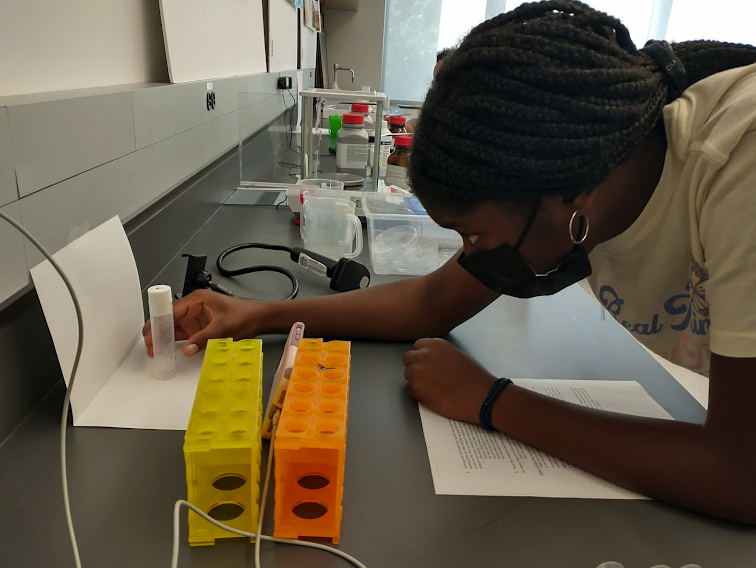
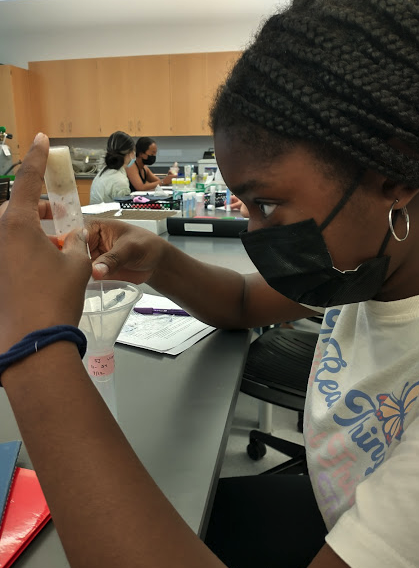

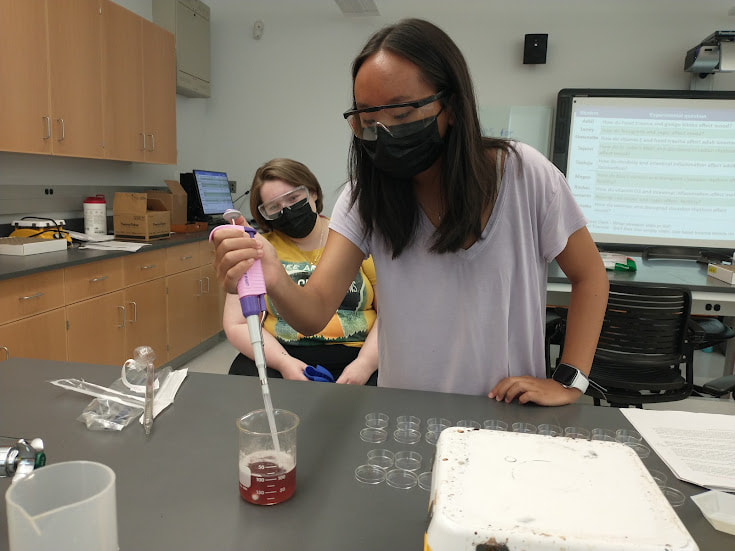
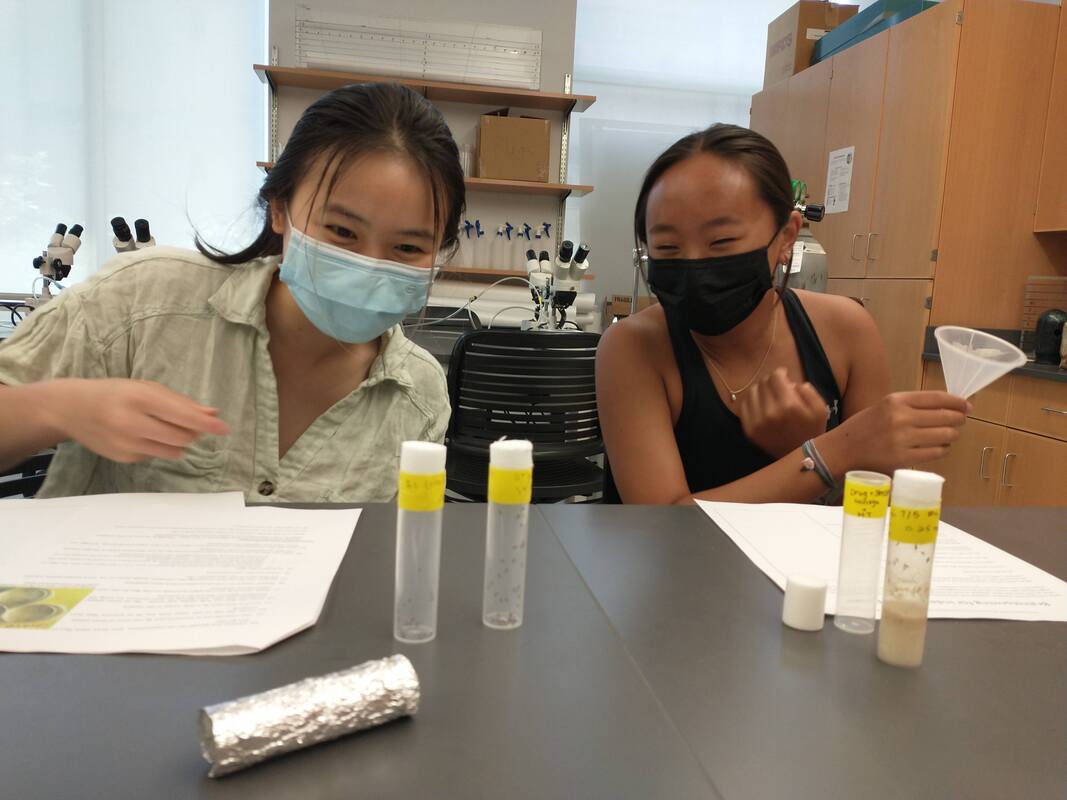
 RSS Feed
RSS Feed